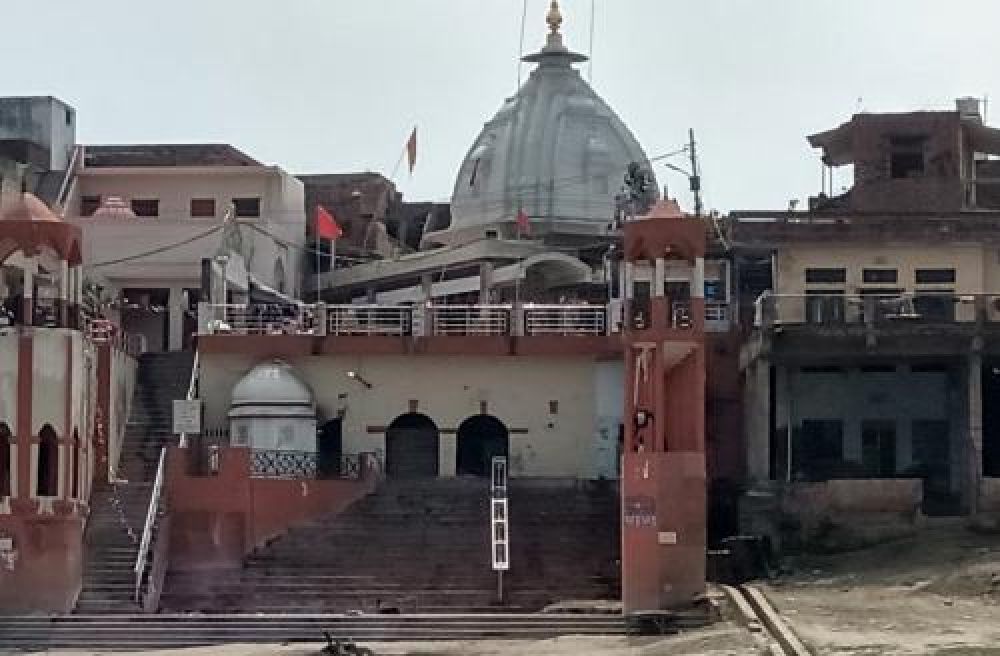

Jajmau, also known as the Mound of Jajmau, is an ancient site situated on the eastern outskirts of Kanpur city in Uttar Pradesh, India. It is a prominent archeological site that dates back to between 1300 to 1200 BCE. The history of tourism in Jajmau is relatively recent when compared to the age of the settlement itself. The site is reputed to have been associated with the legendary king of the Mahabharata epic, King Yayati, and the place was originally known as Siddhapuri.
Archaeological excavations have unearthed ancient pottery, tools, statues, and remnants of an old fort which has significantly contributed to understanding the early history of the region. It was not until the 20th century that Jajmau started to attract historians, archaeologists, and then tourists, captivated by its ancient heritage.
In recent decades, Jajmau has seen gradual growth in tourism. The recognition of its historical significance has led to increased attention from both domestic and international visitors. Excavations have revealed that the site was an important center during the Vedic period and also during the medieval period under the rule of the Delhi Sultanate.
The tourism infrastructure around Jajmau has been developing with the support of the local government, which has made it more accessible and informative for visitors. The construction of pathways, information centers, and the preservation of the site have made Jajmau a small yet significant attraction in the broader touristic map of Uttar Pradesh.
Jajmau Tila – This mound is essentially the ruins of an ancient city with layers that tell the tales of various periods in history.
The Mausoleum of Makhdum Shah Ala-Ul-Haq – Built in 1358, it houses the tomb of the Sufi saint and is a site of spiritual significance.
The Jama Masjid – Bearing historical importance, this mosque was constructed by Firoz Shah Tughlaq in the 14th century.
With a growing emphasis on sustainable tourism, there have been moves to manage Jajmau in a way that balances visitor needs with heritage conservation. Efforts are also being made to raise awareness among visitors about the cultural importance of the site and the need to protect such places.
Curiosity about India’s diverse heritage has led to an increase in educational and historical tours, which often feature Jajmau as part of a larger exploration of Uttar Pradesh’s rich past.
The integration of technology, such as augmented reality (AR) apps, has started to find its way into the visitor experience, allowing for enhanced, interactive storytelling of Jajmau's history. This, combined with improvements in the general tourism infrastructure, represents the latest trends in enriching the experience of visitors to Jajmau.
Tourism at Jajmau, though not as significant in volume as in other parts of India, plays a valuable role in highlighting and preserving the region's history. The site stands as a testament to the rich cultural tapestry of Uttar Pradesh and continues to intrigue and educate those who venture to this ancient settlement.